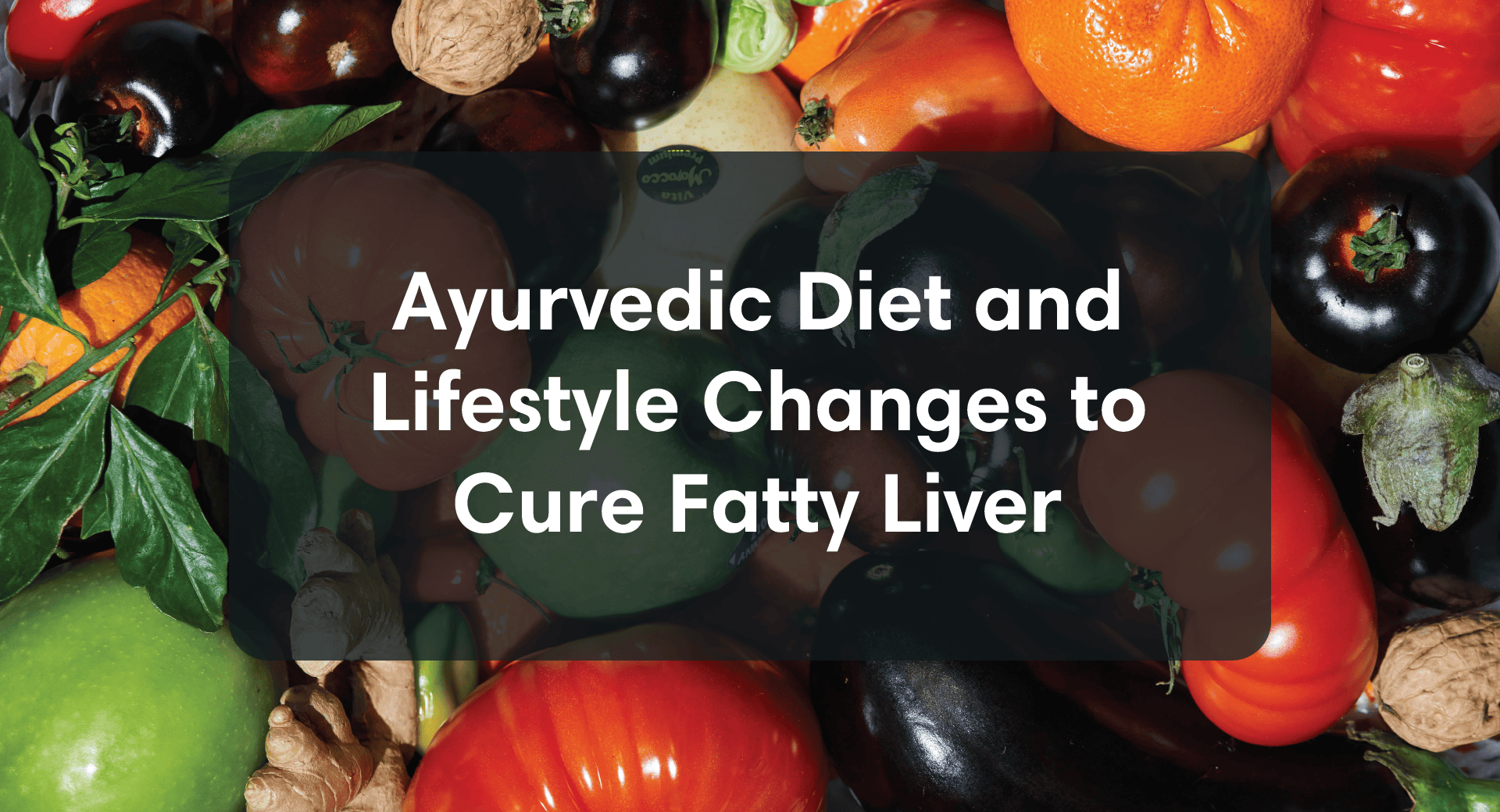Scouring the internet about the diabetes-friendly diet, low-glycemic food often tops the list. In the sea of information regarding nutrition, there is a tide of misconceptions that sound extremely factual but are too good to be believed!!.
This blog will help you identify and bust the myth about low-glycemic foods so you can make informed dietary choices.
To understand the facts better, let’s get clear on what the glycemic index is.
Glycemic index (GI)
Your body gets energy from the sugar in the food you eat. Some foods make your blood sugar go up fast, while others do it more slowly.
GI is a scale that ranks foods based on how quickly they cause blood sugar levels to rise after consumption. Foods are categorized as low, medium, or high GI, depending on this effect. Low GI foods are those that cause a gradual increase in blood sugar levels, while high GI foods lead to a rapid spike in blood sugar levels.
Check out our blog on How Different Foods Impact Blood Sugar Levels for more information.
Myth 1: If a Food Has a Low GI, It Is Automatically Healthy!
Fact: Low GI foods do help manage blood sugar and keep you feeling full for longer. But, just because a food is low in GI, it does not necessarily mean that it should be labelled as “healthy.”
The truth is that the GI of food gives you only one piece of information and doesn’t tell the whole story about its nutritional value. It is not the only factor that you should take into account while making food choices.
For example, some high-calorie or high-fat foods like corn chips, chocolates, cakes and ice cream are low in GI because they take longer to digest due to their high saturated fat content. But, regularly consuming such foods is not good for your health. They can cause weight gain, inflammation, and an increased risk of chronic conditions like heart disease and type 2 diabetes, despite their low GI value.
On the other hand, certain foods with a high GI can provide nutritional benefits. Fruits such as watermelon or pineapple, for instance, have a high GI value due to their natural sugar content. But, they are also rich in essential vitamins, minerals, and antioxidants, which makes them an important part of a healthy diet. Consuming such food in moderation and as part of a balanced diet can provide you with valuable nutrients and energy.
So, the bottom line is— considering the GI of foods may be helpful, but you should also look at the nutritional content when choosing which foods you want to eat.
Myth 2: Eating Low GI Foods Will Help in Weight Loss
Fact: With so much misinformation floating around social media and the internet about weight loss, low GI foods are also frequently misunderstood. It is commonly believed that having these foods will help you lose weight, but the reality is a bit more nuanced.
Yes, you can enjoy as many low-glycemic foods as you like. But if you’re trying to lose weight, it’s important to keep an eye on calories too. Why? Because some low-glycemic foods can still be high in calories. For example, nuts and seeds have a low GI but are high in calories. This means eating them in large quantities can lead to weight gain.
So, just eating low-GI foods is not enough for weight loss. The only way is to be in a calorie deficit, which means consuming fewer calories than you expend. No matter what kind of food you eat, even if you are eating low GI foods but total calorie intake is more than your daily requirement, you will gain weight and not lose. Low-calorie GI foods might also cause weight gain if you eat without regard to portion sizes.
Though these foods help reduce hunger pangs, weight loss ultimately comes down to the amount of calories consumed rather than the GI value.
Myth 3: All Low-Glycemic Foods Are Low in Carbohydrates
Fact: Again, this is not the case. The glycemic index has nothing to do with the carbs content in a food. The value only describes how fast carbohydrates in foods raise your blood sugar and not its quantity. Along with high carbs, a food item can have high fibre and other content that can slow down its digestion and the release of sugar in your blood making it low GI.
Let’s clear things up. Take barley for example, it is a whole grain that’s high in carbohydrates but has a low GI. The same goes for some vegetables like sweet potatoes. They have a lot of carbs but have a low GI value.
So, there you have it. Even if a food is high in carbohydrates, it might still have a low GI if it’s packed with fibre and other nutrients.
Myth 4: The Staple South Indian Breakfasts Like Idli And Dosa Are Low In Glycemic Index.
Fact: Be it South Indian or North Indian, everyone loves to have dosa, idli, upma etc for breakfast. Especially diabetics, who often indulge in them thinking they won’t affect their sugar levels. But guess what? This worldwide famous staple Indian breakfast, revered for its nutritional value and versatility, can make your sugar levels shoot up instantly after consumption.
Though these food items are some of the lightest and healthiest dishes, they can still have a high glycemic index, which isn’t ideal for diabetic patients. Studies have revealed that most South Indian meals have a high glycemic index, ranging from a value of 60-70. These dishes are made of white rice which is simple carbs and easily digested causing blood sugar spikes.
So, does that mean you should stop having them? Absolutely No!
You just need to play smart and make a few alterations to your diet. Accompany your idli and dosa with a bowl of sambar with lots of veggies, a little chutney, and a source of protein like paneer. The added fibre from vegetables in sambar and protein will take longer to digest, keeping you feeling full for longer while slowly releasing sugar.
Now you know that not all traditional meals automatically qualify as low GI. Portion control and food choices within the meal can significantly impact the overall glycemic response.
Wrapping Up!
It cannot be denied that low-GI foods are a healthier option and possess various health benefits, but they should not be the only factor in choosing your foods. Pay attention to the nutritional values of the content and the portion size you are having.
Once you untangle the myths, you’ll find that you don’t necessarily have to go with the “Low GI” tag; having high-GI food occasionally will do no harm. Just balance your meal with the right amount of protein, fibre, and some carbs so that your blood sugar remains stable.
Eat healthy to stay healthy!











